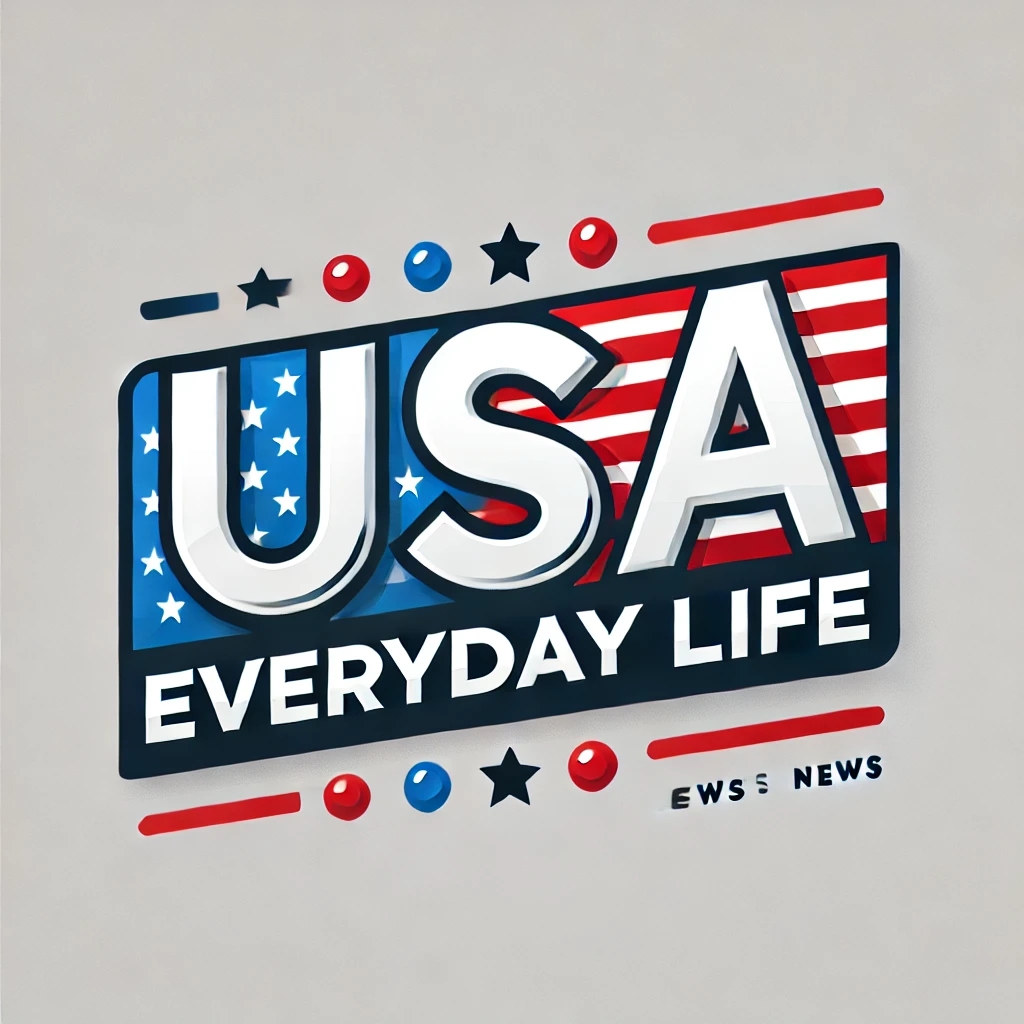(These are the market notes on today’s action by Mike Santoli, CNBC’s Senior Markets Commentator. See today’s video update from Mike above.) A firm, but restrained, market response to a soft PPI inflation print and another monster wave of AI-infrastructure carried Oracle higher. The stock and bond markets have for weeks been signaling they had functionally moved beyond the “sticky inflation” story. Yields have been down hard, several Fed rate cuts priced in, all with cyclical and bank stocks holding leadership positions. This priced the markets for “good news rate cuts,” and the downside surprise in wholesale inflation merely affirmed the embedded bull thesis. The Oracle guidance on the next several years of stupendous AI data center growth is worthy of all the analysts’ superlatives and surely pushes out the day of reckoning that will come with peak capex demand. But it did not lift all boats across the AI complex, as the market’s rotational mechanism was fully engaged: Oracle and Nvidia accounted for more than 100% of the S & P 500’s quarter-percent gain, Amazon and Meta Platforms were downside leaders, overall NYSE breadth locked at 50/50 up/down. The fact that Oracle is listed on the NYSE explains the Nasdaq being flat despite that stock’s 35% gain. And because the S & P 500 weights its components based on the publicly available float means Oracle “punched below its weight” as an index contributor. With founder Larry Ellison owning some 40% of the company, only about 60% of its market cap is reflected in the index. The Wall Street Journal report that $300 billion of the forward orders touted by Oracle are from OpenAI pulled Oracle shares down from their highs just a bit, injecting a bit of customer-concentration and funding risk to the outlook. Treasury yields were down following the PPI report , though essentially back to the multi-month lows from earlier this week, once again suggesting that the market arrived at this place of dovish inflation numbers before the data hit the tape. The look-through to CPI on Thursday and PCE later this month are not linear or dramatic, so perhaps the market will still need to contend with an uncooperatively warm inflation reading at some point before next week’s Fed meeting. By some measures, the market has been in gentle, rotational digestion mode since the end of July. The S & P hit an intraday high of 6427 that day and today, 40 trading sessions later, sits 1.6% higher. If this is the way a fully valued, technically sturdy uptrend contends with seasonally weak patterns, threats on the Fed, a radical drop in job creation and an ongoing rethink of the AI narrative, it probably qualifies as a win. Deutsche Bank strategists jacked their year-end S & P 500 target to 7000 from 6550, representing about an 8% gain from here and restoring its original year-ahead 2025 target. This is part of a flurry of strategist target increases as the Street catches up to the market’s run. At some point, sell-side enthusiasm becomes a negative when the bullish camp gets too crowded, but hard to argue this is the case yet: The median and average Street year-end target are near 6500, right where we’re trading today. ( Learn the best 2026 strategies from inside the NYSE with Josh Brown and others at CNBC PRO Live. Tickets and info here . )
